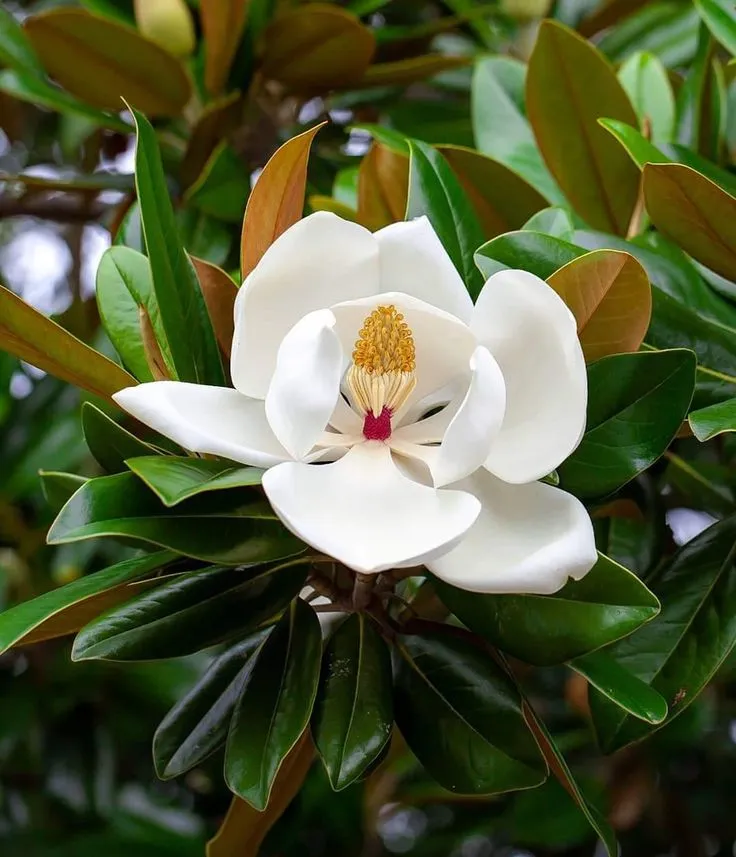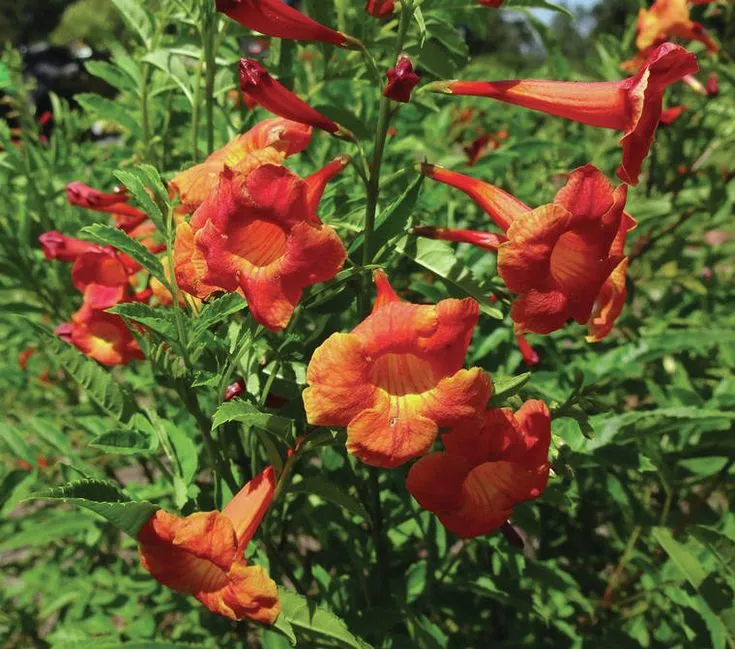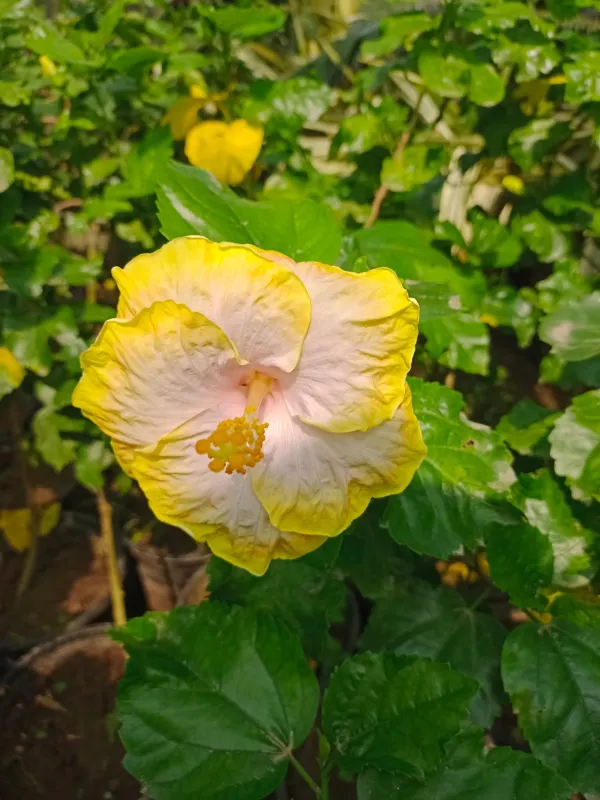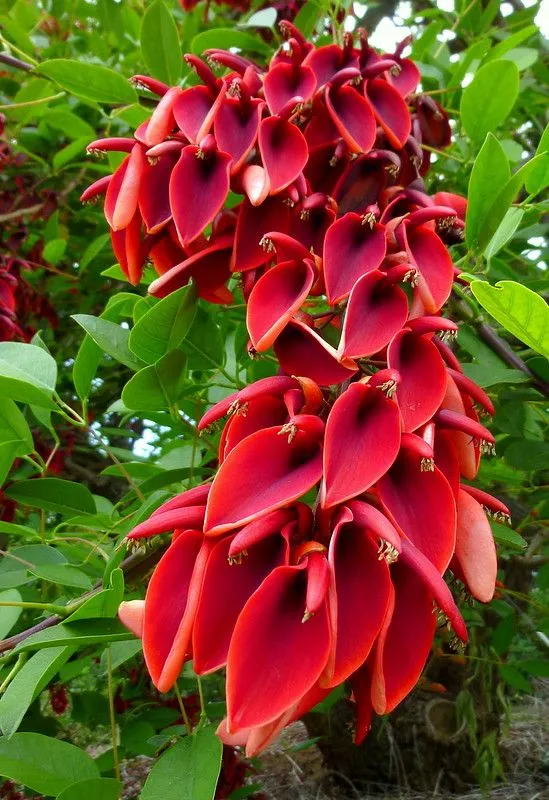Advantages of Choosing Magnolia Grandiflora Plants
Magnolia grandiflora, commonly known as the Southern Magnolia or Bull Bay Magnolia, is one of the most iconic and beloved ornamental trees in the world. Native to the southeastern United States, this majestic evergreen species has become a favorite in gardens, landscapes, and urban green spaces worldwide. With its large glossy leaves, fragrant creamy-white flowers, and impressive stature, Magnolia grandiflora is not only visually striking but also highly functional. It provides ecological, environmental, aesthetic, cultural, and economic benefits that make it an excellent choice for homeowners, landscapers, and city planners.
This article explores the key advantages of choosing Magnolia grandiflora plants, including their ornamental value, environmental contributions, practical uses, and symbolic importance.
Magnolia grandiflora is far more than just a decorative plant—it is a tree of enduring beauty, ecological importance, and cultural significance.
1. Stunning Ornamental Beauty
One of the most obvious reasons for choosing Magnolia grandiflora is its aesthetic appeal. Few trees can match the elegance and presence that this species brings to any setting.
Glossy Evergreen Foliage: Unlike many other magnolia species that are deciduous, Magnolia grandiflora is an evergreen tree. Its large, leathery, dark-green leaves stay attractive throughout the year, providing year-round greenery and charm.
Magnificent Blooms: The tree produces large, creamy-white flowers that can grow up to 12 inches in diameter. These blooms are not only visually breathtaking but also emit a sweet, lemony fragrance that fills the surrounding area.
Impressive Size and Form: Growing up to 60–80 feet tall, Magnolia grandiflora develops a dense, pyramidal crown. Its impressive stature makes it a focal point in landscapes and gardens.
Whether planted as a specimen tree in a yard, a centerpiece in a park, or along an avenue, Magnolia grandiflora instantly elevates the beauty of its surroundings.
2. Year-Round Foliage for Evergreen Landscapes
Unlike deciduous trees that lose their leaves in autumn, Magnolia grandiflora provides consistent greenery throughout the year. Its broad, leathery leaves with a glossy upper surface and a velvety brown underside create a striking contrast. This evergreen quality makes it particularly valuable in winter landscapes, where many trees stand bare. It adds richness and texture to gardens and ensures landscapes remain vibrant across all seasons.
3. Fragrance and Sensory Appeal
The flowers of Magnolia grandiflora are renowned for their delightful fragrance. Their sweet, citrus-like scent is not only pleasing to humans but also attracts pollinators such as bees and beetles. For homeowners, this means enjoying natural aromatherapy in the garden. The combination of fragrance, bloom size, and visual beauty makes this tree a feast for the senses.
4. Wildlife Habitat and Ecological Benefits
Magnolia grandiflora plays an essential role in supporting biodiversity and providing habitats for various species.
Pollinator Support: The large, fragrant flowers attract bees, beetles, and other pollinators that are vital for ecological balance.
Food Source: After blooming, the tree produces cone-like fruiting structures containing bright red seeds. These seeds are a favorite food source for birds, squirrels, and other wildlife.
Shelter: Its dense foliage provides nesting sites and protection for birds, small mammals, and beneficial insects.
By planting Magnolia grandiflora, homeowners and communities contribute to sustaining local ecosystems and encouraging biodiversity.
5. Shade and Cooling Benefits
Due to its large canopy and dense foliage, Magnolia grandiflora provides excellent shade, making it a perfect choice for residential gardens, public parks, and urban landscapes.
Cooling Effect: The tree significantly reduces ground temperatures by shading lawns, patios, and walkways. This helps decrease heat buildup around homes, lowering the need for air conditioning in summer.
Comfortable Outdoor Spaces: Shady spots created by Magnolia grandiflora become natural gathering areas for families, children, and pets.
In urban environments, shade trees like Magnolia grandiflora help combat the urban heat island effect, improving comfort and reducing energy costs.
6. Air Purification and Environmental Improvement
Magnolia grandiflora is more than just a pretty tree—it actively contributes to environmental health.
Air Purification: Its large leaves capture airborne pollutants, dust, and particulate matter, improving air quality in both urban and rural areas.
Oxygen Production: As with all green plants, it absorbs carbon dioxide and releases oxygen, contributing to cleaner and fresher air.
Climate Regulation: By sequestering carbon, the tree helps mitigate the effects of climate change.
Incorporating Magnolia grandiflora into urban planning can significantly enhance environmental sustainability.
7. Erosion Control and Soil Improvement
The strong and extensive root system of Magnolia grandiflora makes it excellent for soil stabilization and erosion control.
Preventing Soil Erosion: Its roots hold soil firmly in place, particularly in sloped areas, preventing erosion caused by rain or wind.
Soil Enrichment: The organic matter from fallen leaves decomposes and enriches the soil with nutrients, improving fertility and supporting other plants.
This makes the tree not only ornamental but also practical for maintaining healthy landscapes.
8. Longevity and Durability
Magnolia grandiflora is a long-lived species, often surviving for many decades or even centuries when cared for properly. Its strong trunk and resilience make it capable of withstanding storms, droughts, and seasonal changes better than many ornamental trees. Investing in this plant means adding a legacy tree that future generations can enjoy.
Note:Magnolia grandiflora is far more than just a decorative plant—it is a tree of enduring beauty, ecological importance, and cultural significance.
9. Adaptability to Various Landscapes
While Magnolia grandiflora thrives in warm, humid climates, it has shown remarkable adaptability in different growing conditions.
Soil Tolerance: It can grow in clay, loamy, or sandy soils as long as they are well-drained.
Moisture: The tree prefers moist, slightly acidic soil but can also tolerate occasional drought.
Urban Suitability: Its ability to handle air pollution and compacted soils makes it suitable for city landscapes.
This adaptability explains why the tree has spread beyond its native range and is now cultivated in many parts of the world.
10. Cultural and Symbolic Importance
Magnolia grandiflora holds significant cultural symbolism. In the southern United States, it is a cherished symbol of hospitality, dignity, and resilience. Its flowers are often associated with purity, nobility, and beauty. The magnolia has been featured in literature, art, and folklore for centuries, making it more than just a tree—it is part of cultural heritage.
11. Low Maintenance Requirements
Despite its grandeur, Magnolia grandiflora is relatively low maintenance compared to many other ornamental plants.
Pest and Disease Resistance: It is generally resistant to most pests and diseases.
Minimal Pruning Needs: It requires only occasional pruning to remove dead branches or shape the tree.
Evergreen Advantage: Its evergreen leaves reduce the amount of seasonal cleanup compared to deciduous trees.
This makes it a practical choice for homeowners and landscapers who want beauty without excessive upkeep.
12. Property Value Enhancement
A well-placed Magnolia grandiflora can increase the curb appeal and value of a property. Mature trees are highly desirable in real estate markets, and a grand magnolia tree serves as an impressive focal point in front yards or large gardens. The beauty, shade, and ecological benefits it provides make properties more attractive to potential buyers.
13. Versatility in Use
Magnolia grandiflora is a versatile plant that can be used in different ways within landscaping projects:
Specimen Tree: As a single, dramatic focal point in a landscape design.
Screening or Windbreak: When planted in rows, its dense foliage can serve as a natural screen or windbreak.
Ornamental Avenue Tree: Lining roads and walkways for aesthetic enhancement.
Container Planting: Dwarf cultivars can even be grown in large containers for patios or smaller gardens.
This flexibility allows homeowners and landscapers to integrate the tree into various settings.
14. Emotional and Psychological Benefits
Spending time around trees like Magnolia grandiflora is proven to have positive effects on mental well-being.
Stress Reduction: The sight and fragrance of its flowers promote relaxation and reduce anxiety.
Connection to Nature: Its majestic presence fosters a sense of peace and harmony with the natural world.
Inspiration and Creativity: Artists, writers, and photographers often draw inspiration from its beauty.
Planting a Magnolia grandiflora can therefore improve not only the physical landscape but also the emotional landscape of people’s lives.
15. Contribution to Urban Green Spaces
In urban areas where green cover is shrinking, Magnolia grandiflora plays an important role in improving city environments.
Noise Reduction: Its dense foliage absorbs and deflects noise, creating quieter spaces.
Visual Softening: Large trees break up the harshness of concrete structures and add a natural touch.
Community Identity: Parks and boulevards lined with magnolias often become landmarks and points of local pride.
By including Magnolia grandiflora in city planning, urban spaces become more livable and attractive.
Conclusion
Magnolia grandiflora is far more than just a decorative plant—it is a tree of enduring beauty, ecological importance, and cultural significance. From its evergreen foliage and show-stopping flowers to its environmental benefits and symbolic value, this species offers numerous advantages to homeowners, landscapers, and communities alike.
Choosing Magnolia grandiflora means choosing a tree that provides shade, fragrance, biodiversity, soil health, property value, and emotional well-being for decades, even centuries. It is a living investment that enhances both the natural environment and human life.
For anyone seeking a tree that combines ornamental elegance, practicality, and resilience, Magnolia grandiflora stands out as one of the finest choices available.













Leave a Reply